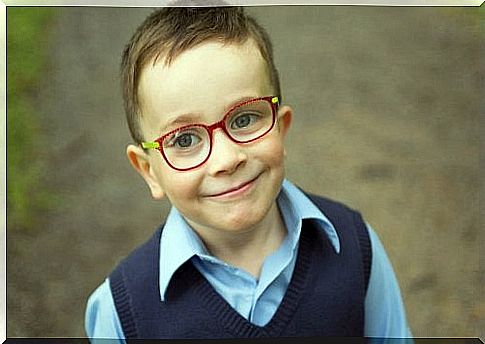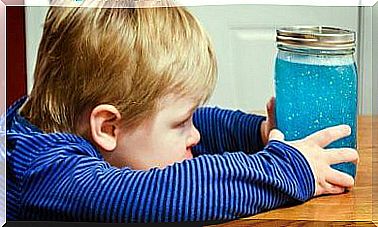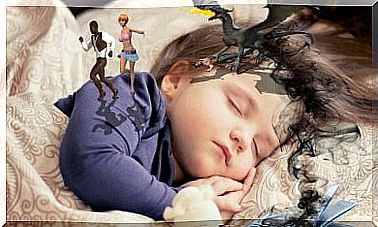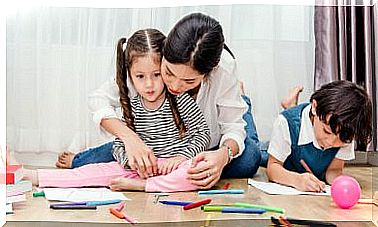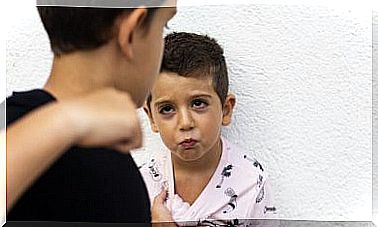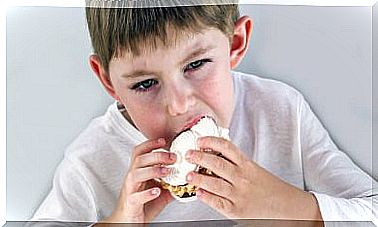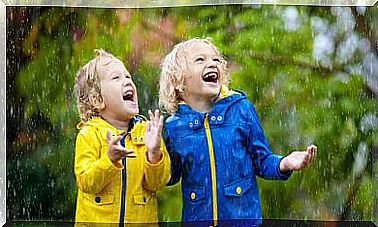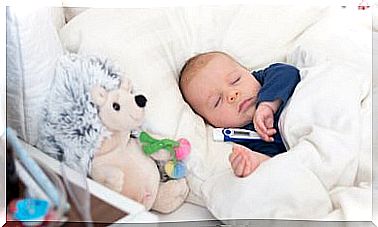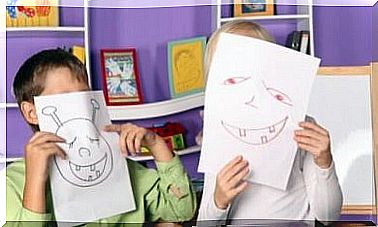How Does The Sense Of Sight Evolve In Children?
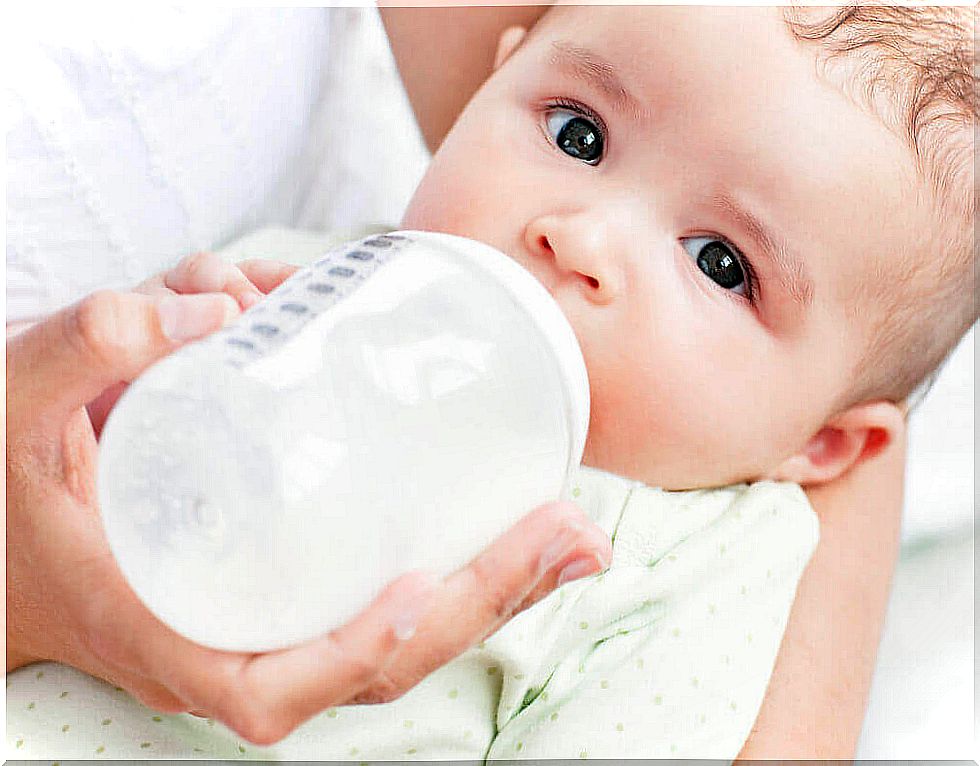
Did you know that more than half of the stimuli we perceive come from sight? It is a complex and extremely useful sense for human beings. Of course, it develops in stages; For this reason, we will describe the different instances that make up the sense of sight in children.
Sight is the most influential sense in human perception. With it, we perceive shapes, colors, distances, sizes, among many other characteristics of the reality that surrounds us.
Now the organs of sight are the eyes. These are two very fragile spherical organs located in the front of the face. Its anatomy is very complex and has various parts, each with a specific purpose, be it protection or function.
Like any other apparatus and sense of our body, sight has a gradual developmental progress. As the baby grows, his sense of sight is perfected, until reaching its full development at the ninth or eighth month of life.
Evolution of the sense of sight in children
Sight in Newborns
Unlike other senses that are already developed almost from the beginning of life such as touch and hearing, sight takes a little longer to reach its full development.
In its first month of life, the baby’s brain is not ready to process all the information that sight sends to it. Therefore, their visions are blurry, without too many definitions. They may even have difficulty coordinating eye movements. Don’t be alarmed if, from time to time, he squints or his eyes wander from one side to the other. As the weeks go by, you will learn to focus your gaze.
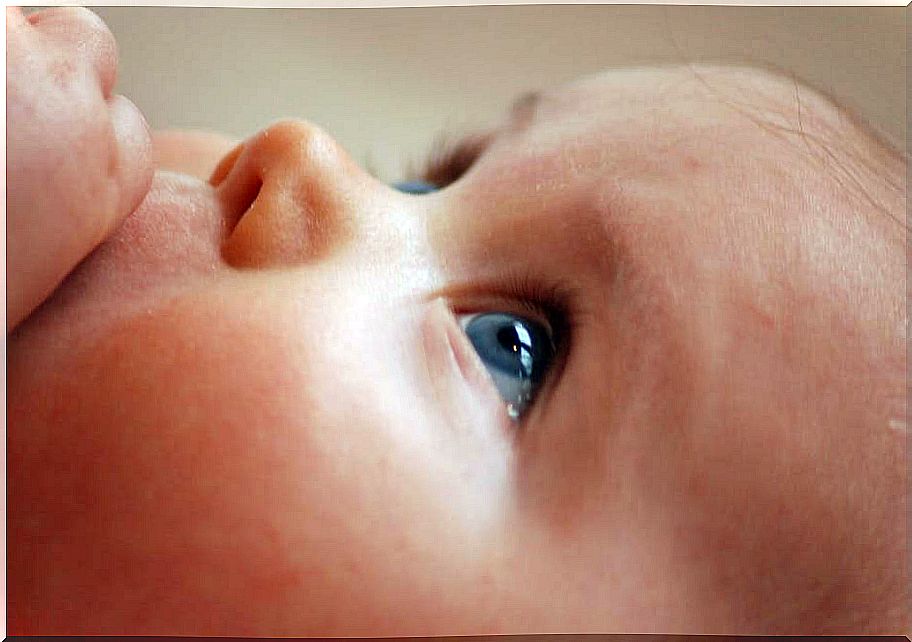
The following months
From the second month of life, children’s sight is already able to distinguish some colors. You will see that, little by little, he will pay more attention to bright and striking tones. Also, you can follow objects with your eyes more easily.
From the end of the third month, the infant’s incipient motor coordination will allow him to move his hands and pick up some objects. Also the further development of your neural circuits will make it possible for you to distinguish shapes, sizes and other characteristics of what you hold.
From the fifth month on, children’s sight is able to more accurately distinguish shapes ; with which he better appreciates small objects and their colors. In just a few weeks, your eyesight will be almost fully developed. This will make it possible for you to see people and objects at a greater distance.
How to take care of the sense of sight in children?
Beyond regular check-ups with the pediatrician, which include ophthalmological check-ups, as a mother you can apply certain recommendations to keep your little one’s eyesight healthy.
A first tip, as in so many other cases, has to do with food. Eating a healthy diet rich in vitamins – especially vitamin A – and antioxidants will help maintain healthy eyesight.
Also, we must be very careful with our hands. It is not uncommon for children to play in the dirt or grass and occasionally scratch an eye. This oversight can cost an infection, so we must be clear when conveying health and hygiene guidelines.
On the other hand, we cannot ignore the suggestion to avoid excessive exposure to the computer, mobile phone or television ; likewise, you should always keep a safe distance from the screens.
Lastly, quality sunglasses with UV protection is essential to avoid the harmful effects of the sun from prolonged exposure. Yes, these elements are not used just for fashion: they are almost a must.

Vision problems in children
The following symptoms can be an indicator that something is not right with the vision of the little ones. If this is the case, do not hesitate to consult your doctor for any of these signs:
- Lack of coordination.
- Difficulty recognizing figures or shapes at a short, medium or long distance.
- Dolores head.
- Stinging.
- Constant dryness.
In babies, meanwhile, you must remain attentive to the following drawbacks:
- If he does not follow objects with his eyes by 3 months of age.
- One or both eyes do not move in any particular direction.
- He is unable to keep his eyes fixed.
- Spots or discoloration in the pupils.
Finally, you should consider that there are factors that predispose a person to suffer from vision problems. These can be natural – especially if other family members have had them – or pathological. This last category includes accidents, trauma and exposure to noxious stimuli.
